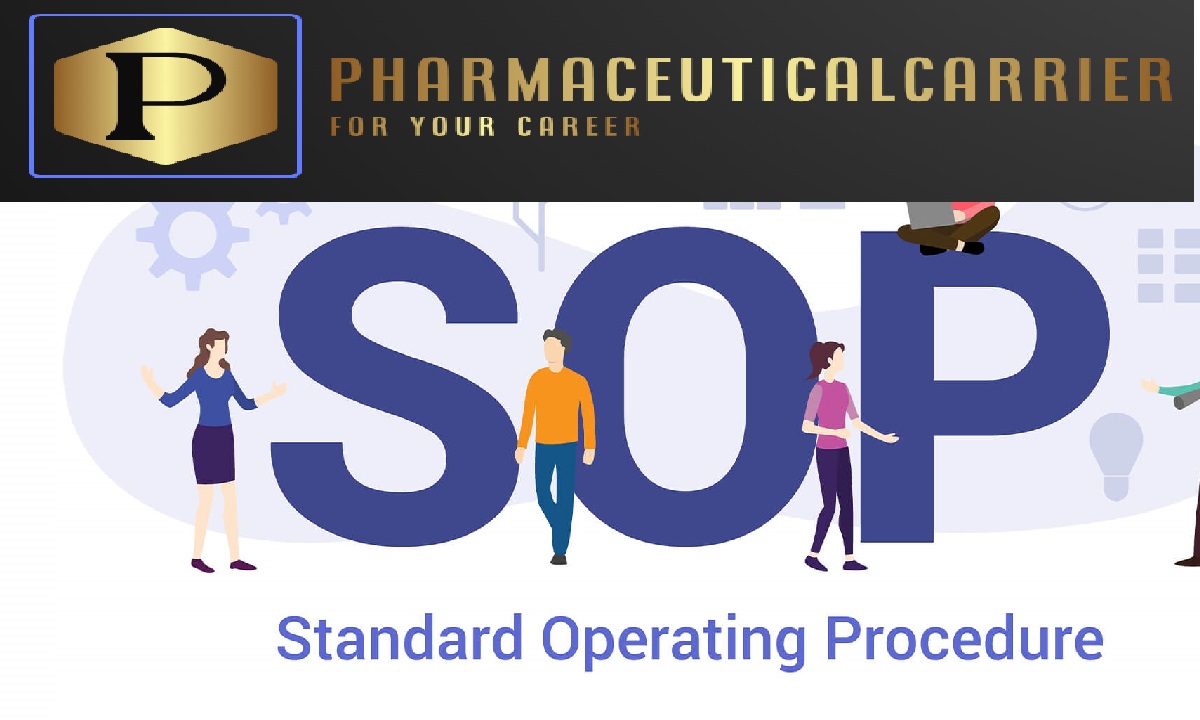1. Purpose of Safety Precautions in Handling Chemicals, Solvents, and Potentially Hazardous Samples
The purpose of this Standard Operating Procedure (SOP) of Safety Precautions in Handling Chemicals, Solvents, and Potentially Hazardous Samples is to ensure the safety of all laboratory personnel when handling chemicals, solvents, and potentially hazardous samples at [Company Name]. This SOP for Safety Precautions in Handling Chemicals, Solvents, and Potentially Hazardous Samples provides guidelines for the safe storage, handling, and disposal of these materials and outlines emergency response protocols in the event of spills or accidents.
2. Scope of Safety Precautions in Handling Chemicals, Solvents, and Potentially Hazardous Samples
This SOP for Safety Precautions in Handling Chemicals, Solvents, and Potentially Hazardous Samples applies to all laboratory personnel, including researchers, technicians, and other individuals involved in handling chemicals, solvents, and potentially hazardous samples within the laboratory at [Company Name]. It covers procedures related to safety precautions, emergency response, and proper waste disposal.
3. Definitions involved in Safety Precautions in Handling Chemicals, Solvents, and Potentially Hazardous Samples
3.1 Potentially Hazardous Samples:
Samples that may pose health or environmental risks if not handled or disposed of properly.
4. General Safety Precautions
4.1. Personal Protective Equipment (PPE)
4.1.1 Describe the appropriate PPE, including gloves, safety goggles, lab coats, etc., for handling different types of chemicals and samples.
4.1.2 Highlight the importance of PPE compliance among laboratory personnel.
4.2. Chemical Compatibility
4.2.1 Explain the significance of understanding chemical compatibility.
4.2.2 Provide guidelines for segregating incompatible chemicals and storing them separately.
4.3. Labeling and Storage
4.3.1 Emphasize the importance of properly labeling all chemical containers.
4.3.2 Detail storage guidelines for chemicals and potentially hazardous samples, including flammable, corrosive, and reactive substances.
5. Handling Procedures
5.1. Sample Handling
5.1.1 Provide instructions for the safe handling of potentially hazardous samples, including biological materials or toxic substances.
5.1.2 Address procedures for sample transfer, dilution, and disposal.
5.2. Chemical Handling
5.2.1 Offer guidelines for safely handling chemicals, including proper techniques for pouring, mixing, and measuring.
5.2.2 Stress the importance of working in a fume hood when necessary.
6. Emergency Response
6.1. Spills and Accidents
6.1.1 Describe the immediate actions to take in the event of a chemical spill, fire, or exposure.
6.1.2 Highlight the importance of safety showers, eyewash stations, and emergency equipment.
6.2. Evacuation Procedures
6.2.1 Outline the evacuation procedures in the case of a laboratory emergency.
6.2.2 Define assembly points and emergency contacts.
6.3. Reporting Incidents
6.3.1 Explain the process for reporting chemical spills, accidents, or exposures to laboratory supervisors or management.
7. Waste Disposal
7.1. Hazardous Waste Disposal
7.1.1 Provide instructions for the proper disposal of hazardous waste, following regulatory requirements.
7.2. Recycling and Non-Hazardous Waste
7.2.1 Describe the procedures for recycling non-hazardous materials and waste.
8. Training and Documentation
8.1. Training
8.1.1 Detail the training requirements for laboratory personnel regarding this SOP.
8.1.2 Highlight the need for ongoing safety training and updates.
8.2. Documentation
8.2.1 Describe the record-keeping requirements for incidents, waste disposal, and safety training.
For more articles, Kindly Click here.
For pharmaceutical jobs, follow us on LinkedIn
For Editable SOPs in word format contact us on info@pharmaceuticalcarrier.com
For more information kindly follow us on pharmaguidelines.co.uk
Pharmacareer team is a team of Experts from every department of Pharmaceutical industry having enriched experience. Experts have work experience of many multinational pharmaceutical industries worldwide.


